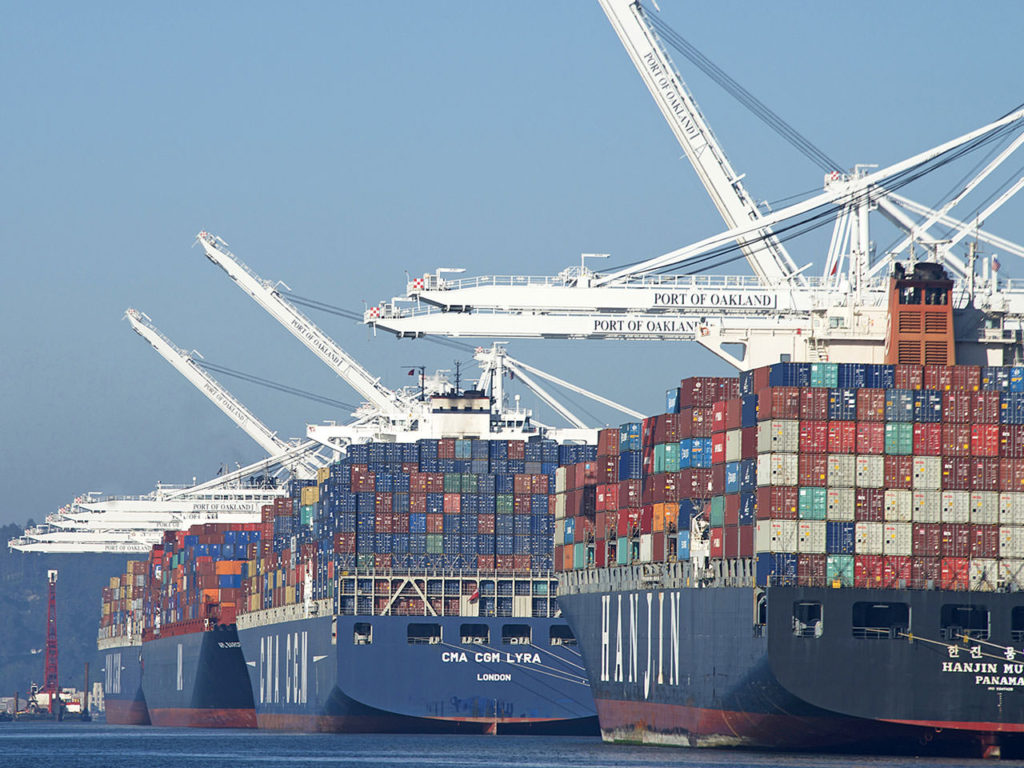Seaports in the United States are experiencing challenges including limited space on shipping lines, last-minute cancellations, and inconsistent vessel scheduling, making inbound vessels take longer to offload and outbound ships to leave with empty cargoes, a problem that widens the country’s trade deficit.
The trade deficit for the first 10 months of 2021, widened 29.7% to $705.2 billion from the same period last year.
Data from the nine largest ports in the US shows that the equivalent of 12.1 million containers left the ports empty through October this year, up 46.2% from 2020 and 37.8% from 2019.
Data further shows that about 59 percent of containers that left the country in the first 10 months of this year alone, left with empty cargoes. Before the pandemic, loaded export containers that left the nine biggest ports in the country declined by 10.7 percent from 9.3 million twenty-foot equivalent units (TEU) in the first 10 months of 2019 to 8.3 million TEU same period of 2021.
Read More: Inflation Not Reflective of Economic Realities, Says Biden
The demand for imported goods by American consumers has increased. Peter Friedman, the executive director of the Agricultural Transport Coalition, a trade group representing agricultural exporters, said it encourages shippers to return to Asian ports with empty containers where they will return to the U.S. with products.
“With these ships, $15,000 per ship with 16,000 to 20,000 containers on board [imported] container, they’re deciding we’re going to drop that American export cargo, it’s not worth it if we can get another ferrying of import cargo in a year,” Friedman said in an interview.

